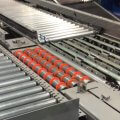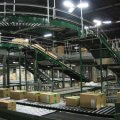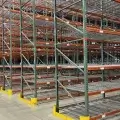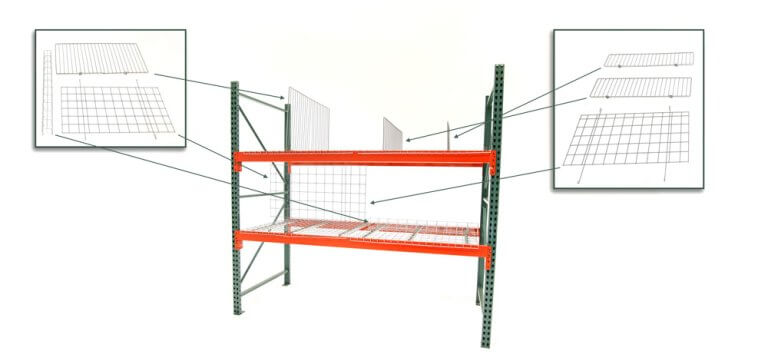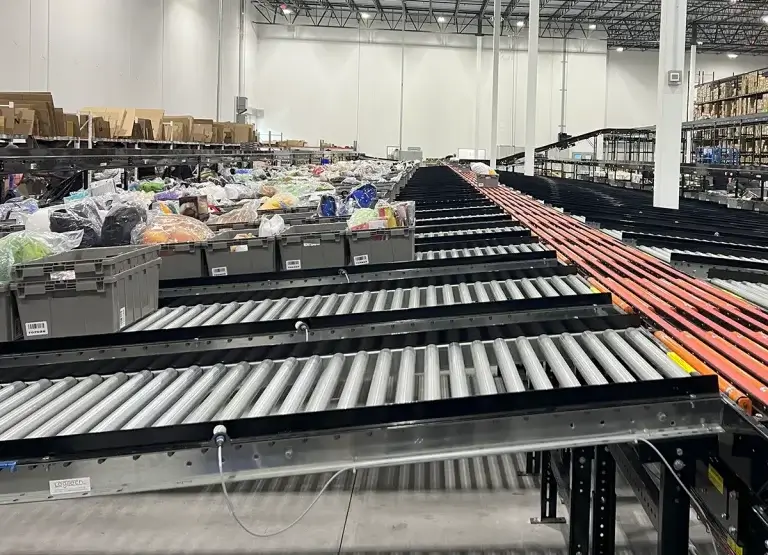
Today’s post is courtesy of Megan R. Nichols
Material handling equipment is an investment. Industrial companies purchase more than 150,000 forklifts each year, but the upfront price is only part of their overall cost. Ongoing maintenance to extend the life and increase the efficiency of your production is also an essential investment.
The longevity of your material handling equipment depends on how well you execute your maintenance plan. Breakdowns and unexpected expenses lower your productivity and decrease return on investment. To help keep your operations running smoothly, here five ways to extend the life of your material handling equipment.
1. Invest in Workforce Training
By hiring a top-quality workforce and training your employees adequately, you’ll be better prepared to maintain and extend your equipment’s useful life.
This process starts by verifying and recording any training and certifications. Improper use will lead to unnecessary wear and tear and a quicker end-of-life for the equipment. Further, as 42% of forklift-related fatalities are the result of tipping vehicles, workplace training is essential to proper use and employee safety. Even if inadequate training or maintenance doesn’t result in injury, it will lead to unnecessary equipment wear. Ensure your employees are vetted and trained by supervisors when working with heavy equipment.
To train your employees on your machinery and any changes to operation protocol, you should provide simple, regular updates concerning operations and safety. Plan to talk to your workers about equipment operations on a schedule, such as every month or every quarter.
Then, managers should supervise equipment operators daily to ensure they follow best practices as defined during training. Address any improper use immediately and provide easily accessible manuals for all equipment operators. Well-trained and managed employees are less likely to abuse the equipment.
2. Conduct Equipment Inspections
The more you know about the many forms of wear on your equipment, the sooner you can respond to issues and establish a smart maintenance schedule. Ensure your employees and supervisors are familiar with manufacturer specifications, and report anything out of the ordinary during a regular equipment inspection.
Early identification of problems, such as signs of wear or age, will allow you to repair or replace a part before it causes an avoidable delay. To do so, visually inspect your material handling equipment before, during and after use. Have regular operators record changes in performance. Check for vibrating belts and gears, high temperatures from poor lubrication or loose bolts. Repair or replace any parts issue that arises before it affects efficiency. Recognizing symptoms early will avoid costly emergency repairs.
3. Understand Your Equipment
By knowing the specifications of your equipment — such as model, brand and machine specifications — you can predict future maintenance needs.
Understanding how your equipment operates is vital to achieving a long service life. Each brand and model may have different instructions and maintenance requirements. Incorporate the specifics from your original equipment manufacturer (OEM). The specifications they provide will ensure you are following the appropriate schedules.
Further, consult your OEM manual or equipment expert to ensure you have the correct parts when making repairs. Depending on the specific machine and part, you may need to follow detailed instructions to avoid harming your equipment. A small inaccuracy can be the cause of a costly failure. Keeping track of parts in regular need of maintenance or replacement will also help you keep track of when maintenance or a replacement is due.
4. Keep Accurate Records
Plan for efficiency by recording data about your material handling equipment. Accurate records will give you a plethora of information so you can respond to needs immediately and effectively.
One of the most useful types of data is the data you collect from your inspection routine. Categorize what needs to be done immediately and what you can defer to the future. Information can include hours of operation, type of work being completed and details about ongoing repairs. This data will help you develop a preventative maintenance schedule.
You also have access to information from employees, supervisors, the OEM and experts in equipment maintenance. Record this information in a clear, easy-to-follow way to develop your plan of action.
5. Develop an Effective Maintenance Schedule
Create a system for your material handling equipment’s maintenance. Planning for preventative and predictive maintenance will extend your machines’ useful life.
Scheduling regular downtown for your equipment will increase the value it provides over the long term, so ongoing inspections and service is crucial. Depending on factors such as truck type, the volume of work and the work conditions, you may plan for service intervals as frequent as every 90 days. You can plan this maintenance during non-peak production times by using a preventative schedule.
It may also be beneficial to consult an expert on specific equipment, since professionals are particularly trained to handle maintenance and repairs for your machine model and parts.
Consulting experts knowledgeable on the make and model, as well as implementing any protocols recommended by the Original Equipment Manufacturer (OEM) will help you develop an effective system for planning inspections and predictive maintenance. With a predictive maintenance plan, you can calculate your equipment life and better retrofit machinery with the latest technology when most cost-effective.
Save Time and Money With Proper Equipment Care
Effective equipment management and maintenance is one of the most significant ways you can cut costs and increase your workforce’s productivity. By implementing a maintenance schedule, understanding your machines’ inner workings and following the other tips outlined above, you can stretch the usefulness of these costly machines to its fullest.
Megan R. Nichols is a technical writer who specializes in industrial and scientific topics. She regularly contributes to sites like American Machinist, Manufacturing Transformation and Industry Today. Megan also publishes weekly on her personal blog, Schooled By Science. Keep up with Megan by following her on Twitter or subscribing to her blog.


